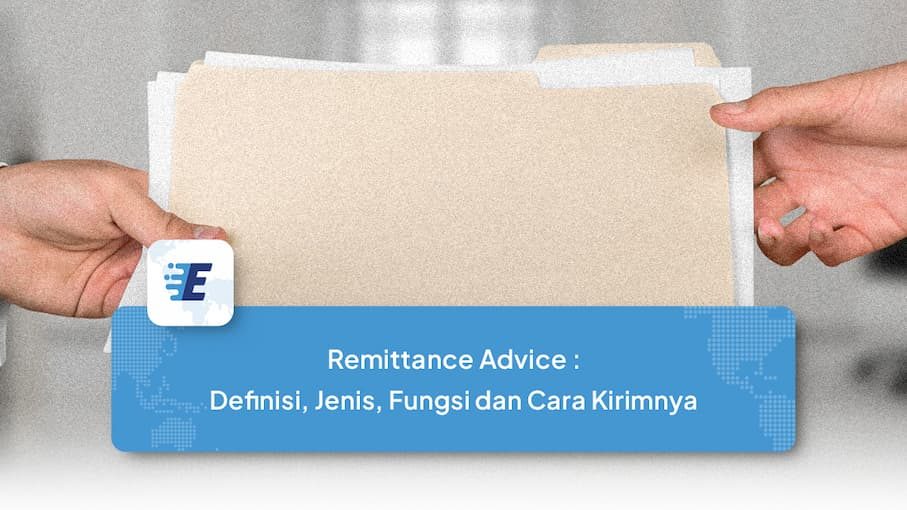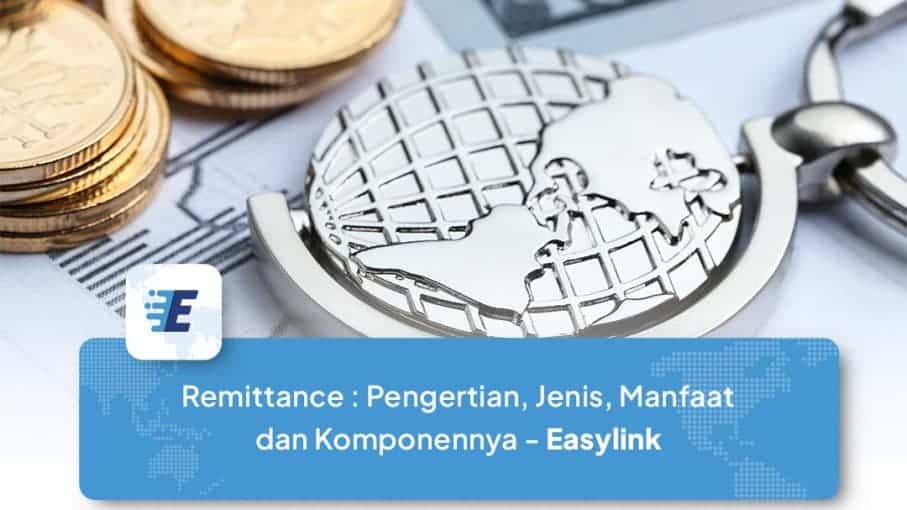Last updated on February 20th, 2025 at 09:55 am
Have you ever heard of Remittance Advice? While this term might sound technical, understanding its basic concept can be useful in everyday financial transactions. This article will help you understand what Remittance Adviceis, why it’s important, and how it works in easy-to-understand language.
What is Remittance Advice?
List of contents
Remittance Advice , or "Proof of Payment" in Indonesian, is a financial document used to provide important information regarding a payment that has been made.
This document includes details about the payment, such as the amount paid, payment date, reference number, and other relevant information.
How Remittance Advice Works
Remittance Advice is typically used alongside payments, particularly in business or financial transactions. Here’s how the process works:
- Payment is made by the sender (usually a customer or business partner).
- Along with the payment, the sender includes the Remittance Advice , which contains detailed information about the payment, such as the invoice number, amount paid, and any additional remarks.
- The payment recipient (usually the party receiving or managing the finances) receives the payment and reviews the Remittance Advice to understand the details of the transaction.
- The information in the Remittance Advice is then used to record the payment, confirm that the payment is accurate, and process it within the company’s accounting or financial system.
Importance of Remittance Advice
Remittance Advice offers several key benefits, including:
Financial Reconciliation
It helps facilitate the process of financial reconciliation by ensuring that payments and transactions are recorded correctly.
Customer Information
It provides the necessary information to identify the payment and link it to a specific customer or business partner.
Error Prevention
It reduces the potential for errors in recording or managing payments.
Financial Transparency
It enhances transparency in the financial process and allows for better monitoring.
Who Uses Remittance Advice?
Remittance Advice is commonly used in business and financial contexts. It can be used by companies or organizations that receive payments from customers or business partners.
The use of Remittance Advice is also common in the financial sector, such as banking and other financial institutions that receive transfers or payments from their clients.
Functions of Remittance Advice
Functions Remittance Advice varies depending on the context in which it is used:
In Banks
It provides detailed information about financial transactions to customers, helping with reconciliation and accurate transaction recording.
In Insurance
It provides payment or claim confirmations to insurance customers, ensuring that claims are paid clearly and on time.
In Business
It is used for transactions with vendors, payroll payments, or reimbursement credits, ensuring clarification and management of financial transactions.
Types of Remittance Advice
There are several types of Remittance Advice used in different contexts, including payment processes and money transfers. Here are some common types of Remittance Advice:
Basic Remittance Advice
A basic document listing simple details such as invoice number and payment date. It is often sent with a check from the buyer to the vendor.
Read Also: Complete List of Bank Codes
Scannable Remittance Advice
A slip that can be scanned and stored digitally. This helps companies transition from physical record-keeping to more efficient digital storage.
Removable Remittance Advice
A Remittance Advice document sent along with an invoice to the payer. The recipient can detach the Remittance Advice slip from the invoice, fill it out, and send it with the payment, whether by check or digital transfer.
Each type of Remittance Advice has its own uses and benefits, and it is used depending on the needs and processes of the company or organization involved.
Information to Be Filled in Remittance Advice
Remittance Advice is an important document that contains information about a financial transaction. The information that needs to be filled out in Remittance Advice includes:
- Invoice Number: The identification number of the invoice or bill related to the transaction.
- Payment Date: The date the payment is made or received.
- Sender’s Name: The name of the party making the payment or transfer.
- Sender’s Address: The full address of the sender.
- Amount of Money: The amount of money paid or transferred.
- Transaction Reference Number: A unique reference number used to identify the transaction.
- Additional Notes: Notes or additional information related to the transaction or payment.
- Vendor or Recipient Information: Information about the vendor or recipient of the payment, including name, address, and contact details.
- Payment Method: Information about the method of payment used, such as check, bank transfer, or digital payment.
- Payment Instructions: Specific instructions if there are any special requirements related to the payment.
Example of Remittance Advice
An example of Remittance Advice is a document that contains the above information and is used to provide a better understanding of how the document should be filled out and used in a particular context. These examples can help people understand the structure and correct format of Remittance Advice.
How to Send Remittance Advice
The method for sending Remittance Advice can vary depending on the preferences and technological capabilities available. Here are some common ways to send Remittance Advice:
Send as a Slip
Some vendors send Remittance Advice slips along with their invoices. These slips can be received either in physical form (letter or paper) or in digital form (PDF document). You need to fill out the required information on the slip and send it to the specified address.
Send via Post
If the Remittance Advice slip is physical, you can choose to send it through traditional postal services. This is a suitable option if the recipient requires a physical document.
Send via Email
Sending via email is a quick and efficient method. You need to know the recipient's full email address, and you will also have a digital copy of the sent message.
Read Also: Understanding Kliring
Use Digital Platforms
In some cases, companies or organizations use digital financial platforms that allow automatic sending of Remittance Advice. This may include integration with payment systems or financial management systems.
As a tool that helps streamline the payment and money transfer process, Remittance Advice is an important component in the business and financial world. With a deep understanding of its meaning, function, and how it works, you can be more confident in managing your financial transactions.
So, the next time you encounter this term, you will know that it is a tool that ensures secure and efficient payments.




